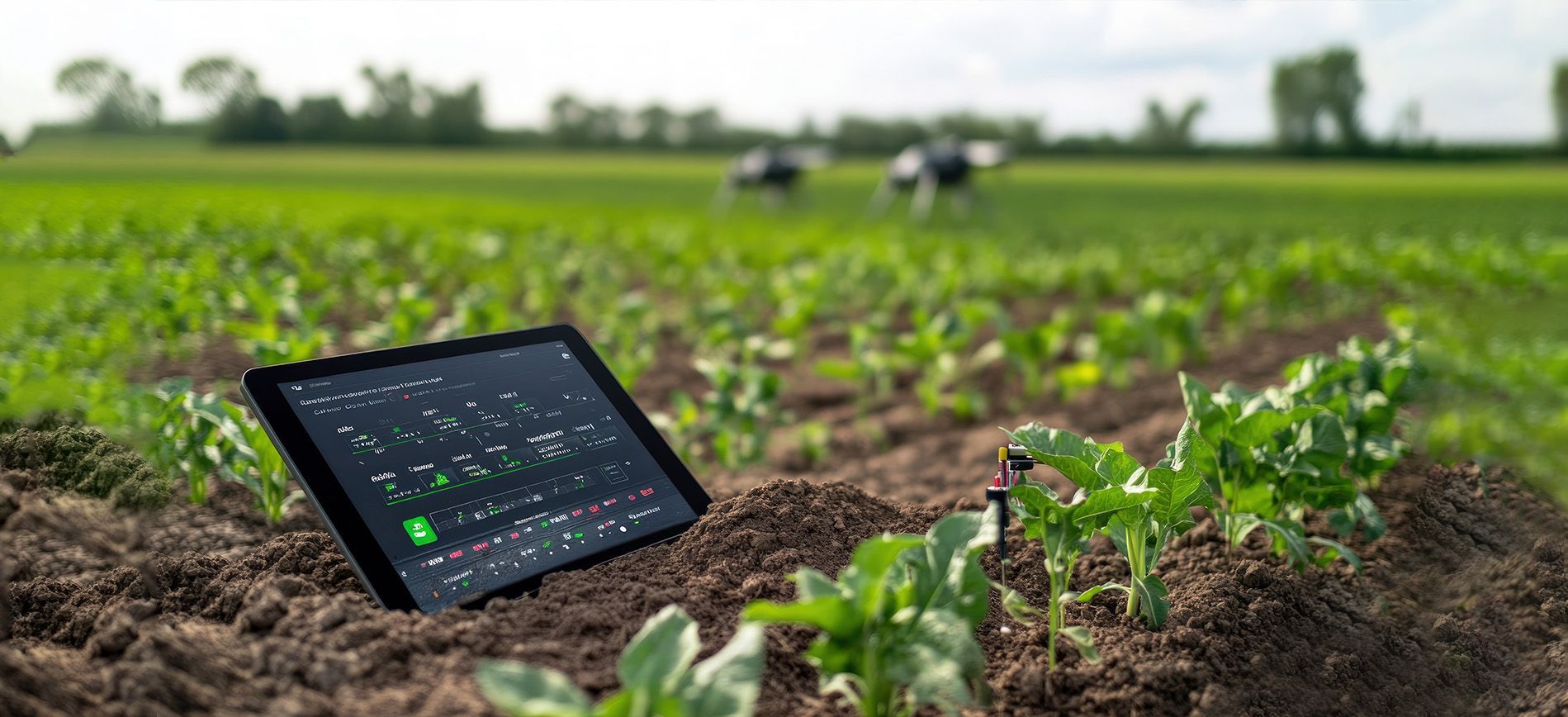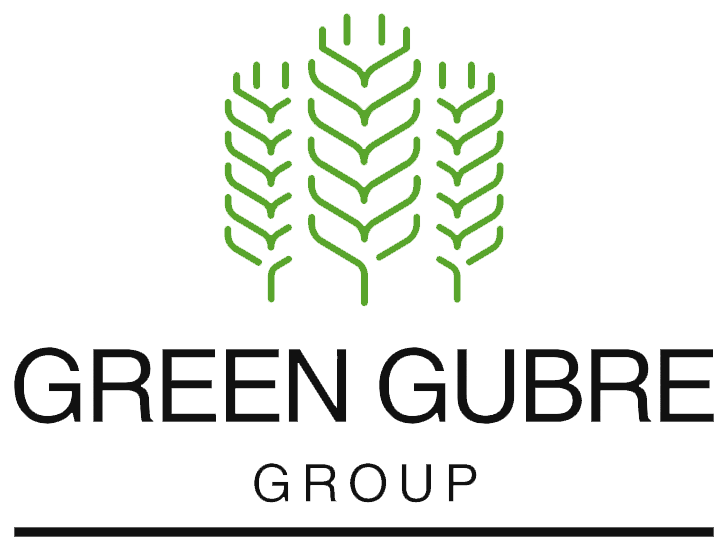Navigating Freight Costs in Fertilizer Trade – Routes, Rates, and Risks in 2025
Navigating Freight Costs in Fertilizer Trade – Routes, Rates, and Risks in 2025

Introduction: Freight as a Strategic Variable
In the global fertilizer industry, logistics costs are no longer just a line item but a critical driver of competitiveness. As of 2025, freight rates remain volatile due to fuel price fluctuations, Red Sea security disruptions, container shortages, and climate-related port delays. For traders and importers of urea, NPK, and ammonia, mastering the freight landscape is essential to minimize landed costs and maintain reliability across global supply chains.
This blog explores the structure of FOB and CFR fertilizer deals, examines freight trends in key export corridors like the Persian Gulf–Africa route, and offers risk mitigation strategies to ensure cost-efficient, on-time delivery.
1. Understanding FOB and CFR in Fertilizer Trade
In fertilizer logistics, two primary trade terms dominate:
| Term | Seller Covers | Buyer Covers |
|---|---|---|
| FOB (Free on Board) | Product + loading at the port | Ocean freight + insurance + destination costs |
| CFR (Cost and Freight) | BillProduct + freight to the discharge port | Insurance + unloading and beyond |
🔗 Incoterms – International Chamber of Commerce
In 2025, CFR contracts are standard for Africa-bound urea shipments, allowing importers to lock in freight costs in advance and hedge against price surges.
2. Persian Gulf–Africa Fertilizer Corridor: Active but Challenged
The Persian Gulf to Africa corridor remains crucial for bulk fertilizer shipments, particularly:
- Urea and NPK bulk cargos from:
- Bandar Abbas (Iran)
- Jubail (Saudi Arabia)
- Jebel Ali (UAE)
- To African ports such as:
- Lome (Togo)
- Mombasa (Kenya)
- Dar es Salaam (Tanzania)
- Lagos (Nigeria)
Average freight rates in 2025 for 30,000 MT lots:
- Bandar Abbas to Lome: $45–55/ton CFR
- Jubail to Mombasa: $55–65/ton CFR
- Jebel Ali to Dar es Salaam: $60–70/ton CFR
These rates are influenced by:
- Suez Canal rerouting and Red Sea conflict zone premiums
- Port congestion and limited discharge infrastructure
- Seasonal weather disruptions in East and West African ports
3. Rising Freight Risks: 2025 Challenges
Several ongoing risks are shaping freight costs:
- Container Shortages: Particularly affect bagged NPK shipments and small-volume trades.
- Red Sea and Hormuz Tensions: Add insurance surcharges and delays to shipments passing through high-risk zones.
- Port Congestion in Africa: Vessel queuing in Lome, Tema, and Lagos is common, causing demurrage costs.
- Climate Risks: Cyclones and monsoon patterns in East Africa and the Indian Ocean disrupt port schedules.
- Fuel Prices: Marine fuel (VLSFO) is above $660/MT in key hubs like Fujairah and Singapore.
4. Strategies to Manage Freight Volatility
To navigate these uncertainties, exporters and importers can adopt the following:
- Negotiate CFR contracts with flexible laycan clauses and demurrage caps
- Diversify loading ports (e.g., Jebel Ali instead of congested Bandar Abbas)
- Partner with local agents for real-time port updates and efficient discharge
- Use digital freight platforms to benchmark shipping costs and secure spot charters.
- Time purchases around low-season windows (e.g., avoiding Q3 East African rains)
5. Green Gubre Group: Logistics Intelligence for a Complex World
At Green Gubre Group, we understand the impact of logistics on fertilizer pricing and performance. Our clients benefit from:
- Real-time freight pricing across global routes
- Trusted CFR logistics to West, Central, and East Africa
- Route optimization for seasonal risk mitigation
- Flexible sourcing with multi-port loading options
- Partnerships with top shipping agents and freight forwarders
Whether you’re sourcing bulk urea or blended NPK, we ensure your cargo reaches its destination cost-effectively, on time, and transparently.
References
- Incoterms 2020 – ICC
- Argus – Fertilizer Freight Reports
- S&P Global – Shipping & Commodities
- UNCTAD – Maritime Logistics
- World Bank – Logistics Performance Index




